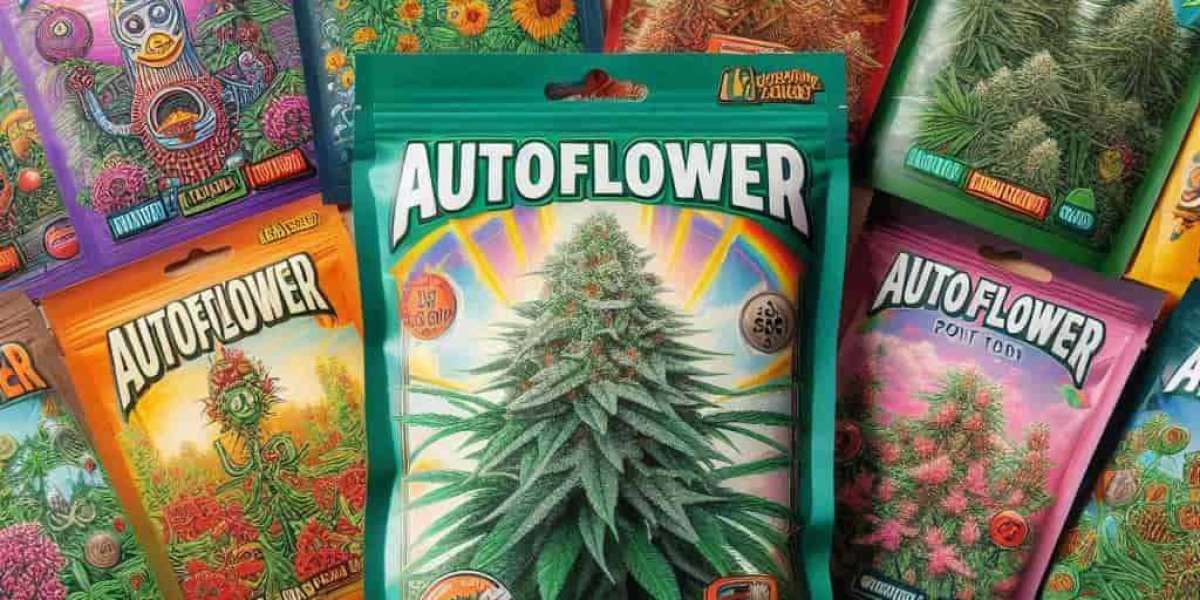Louisiana, with its unique climate and legal landscape, presents both opportunities and challenges for cannabis cultivation. While the state has made strides in legalizing medical marijuana, growing cannabis in Louisiana requires a deep understanding of the local environment, regulations, and best practices to ensure a successful harvest.
Climate and Weather Considerations
Louisiana is known for its hot, humid subtropical climate, which can be both a blessing and a challenge for cannabis growers. The state experiences long, hot summers and mild winters, with high levels of humidity throughout the year. These conditions can be ideal for certain strains of cannabis, but they also require careful management to prevent issues like mold, mildew, and pest infestations.
1. Temperature: Cannabis thrives in temperatures between 70°F and 85°F during the day and slightly cooler temperatures at night. Louisiana's summer temperatures can often exceed 90°F, which can stress the plants and reduce yields. Growers may need to provide shade or use cooling systems to maintain optimal temperatures, especially during the peak of summer.
2. Humidity: Louisiana's high humidity levels can be a double-edged sword. While cannabis plants do require some humidity, excessive moisture in the air can lead to mold and mildew growth, particularly during the flowering stage. Growers should monitor humidity levels closely and consider using dehumidifiers or proper ventilation systems to keep the environment in check.
3. Rainfall: Louisiana receives a significant amount of rainfall, especially during the summer months. While cannabis plants need water to thrive, too much rain can lead to waterlogged soil, root rot, and other issues. Outdoor growers should ensure their plants have proper drainage and may need to consider using raised beds or containers to prevent water accumulation.
Soil Quality and Nutrients
The quality of the soil in Louisiana can vary depending on the region. In general, cannabis plants prefer well-draining, nutrient-rich soil with a slightly acidic to neutral pH (around 6.0 to 7.0). Louisiana's soil, particularly in the southern part of the state, can be heavy in clay, which may not provide the best drainage for cannabis plants. Amending the soil with organic matter, such as compost or perlite, can improve its structure and drainage capabilities.
In addition to good soil structure, cannabis plants require a balanced supply of nutrients, including nitrogen, phosphorus, and potassium. Growers should regularly test their soil to ensure it contains the right levels of these essential nutrients and adjust their fertilization practices accordingly.
Indoor vs. Outdoor Growing
Given Louisiana's climate, many growers may wonder whether it's better to cultivate cannabis indoors or outdoors. Both methods have their pros and cons, and the choice ultimately depends on the grower's goals, resources, and experience level.
1. Outdoor Growing: Louisiana's long growing season and abundant sunlight make outdoor cultivation an attractive option for many growers. However, the state's high humidity, heavy rainfall, and occasional hurricanes can pose significant challenges. Outdoor growers must be prepared to protect their plants from extreme weather conditions and pests. Additionally, outdoor cultivation is subject to local zoning laws and regulations, so growers should ensure they are in compliance with state and local laws.
2. Indoor Growing: Indoor cultivation offers more control over the growing environment, allowing growers to regulate temperature, humidity, and light levels. This can be particularly beneficial in Louisiana, where outdoor conditions can be unpredictable. However, indoor growing requires a significant investment in equipment, such as grow lights, ventilation systems, and climate control devices. It also consumes more energy, which can lead to higher operational costs.
Legal Considerations
As of 2023, cannabis cultivation for personal use remains illegal in Louisiana. However, the state has legalized medical marijuana, and licensed producers are allowed to grow cannabis for medical purposes. It's important for anyone interested in growing cannabis in Louisiana to stay informed about the state's evolving legal landscape and ensure they are in compliance with all applicable laws.
Medical marijuana patients in Louisiana can access cannabis products through licensed dispensaries, but home cultivation is not permitted. Those interested in becoming licensed growers must go through a rigorous application process and meet strict regulatory requirements.
Pest and Disease Management
Louisiana's warm, humid climate creates an ideal environment for pests and diseases that can damage cannabis plants. Common pests include aphids, spider mites, and caterpillars, while diseases like powdery mildew and bud rot can also pose a threat.
To protect their plants, growers should implement integrated pest management (IPM) strategies, which include regular monitoring, biological controls (such as beneficial insects), and the use of organic pesticides when necessary. Maintaining proper airflow and reducing humidity levels can also help prevent the spread of diseases.
Conclusion
Growing cannabis in Louisiana presents unique challenges, but with the right knowledge and preparation, it can be a rewarding endeavor. Whether you're considering indoor or outdoor cultivation, it's essential to understand the state's climate, soil conditions, and legal framework to ensure a successful harvest. By carefully managing temperature, humidity, and pests, growers can produce high-quality cannabis that thrives in Louisiana's distinctive environment.
As the cannabis industry continues to evolve in Louisiana, staying informed about changes in regulations and best practices will be key to long-term success. Whether you're a medical marijuana producer or simply interested in the future of cannabis cultivation in the state, understanding the local growing conditions is the first step toward achieving your goals.



